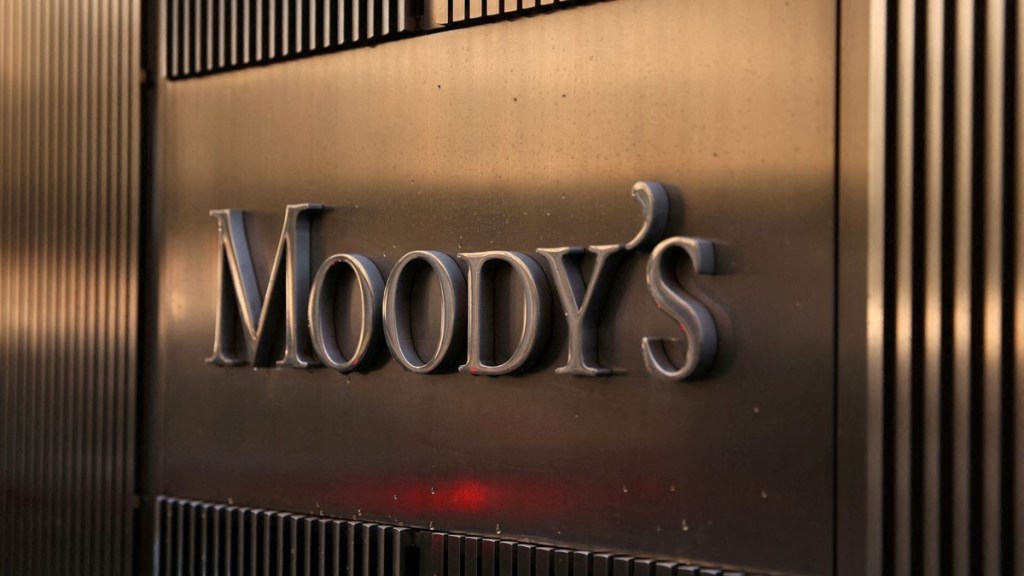The Reserve Bank of India (RBI) diktat last week asking lenders to increase risk weights on unsecured consumer credit loans like personal loans and credit card by 25% is a “credit positive” step, as it will force lenders to allocate higher capital on such risky loans and may dampen the pace of the unsecured loan growth, global rating agency Moody’s said in a note Monday.
“The unsecured segment has been growing very rapidly in the past few years, exposing financial institutions to a potential spike in credit costs in case of a sudden economic or interest rate shocks,” Moody’s said.
The agency said over the past two years, banks, non-banking finance companies (NBFCs) and fintechs have rapidly grown the unsecured loan book, resulting in the personal loans segment registering around 24% year-on-year (YoY) growth and credit card loans growing 28% on a YoY basis, compared with around 15% credit growth for the overall banking sector.
Several NBFCs, which until now focused on secured lending categories such as infrastructure, real estate and vehicle loans, have also pivoted to these riskier segments, Moody’s said, and the stiff competition among lenders is leading to moderation in their net interest margins.
While several banks and NBFCs are sourcing unsecured loans through fintech companies’ apps, fintechs’ loan origination and collection models are largely untested and could expose NBFCs and banks to asset quality volatility, Moody’s said.
“We expect banks would be able to absorb higher risk weights on their capital because the overall banking sector’s exposure to unsecured retail credit is small at around 10% of loans as of September 2023 and the sector’s overall capitalisation is at historically-high levels with a common equity tier 1 ratio of 13.9% as of March 2023,” Moody’s said, adding that the impact of the new underwriting rules, however, may vary among individual lenders depending on their exposure to unsecured loans.
Last week, S&P Global Ratings said the RBI’s decision to tighten norms for unsecured consumer credit is likely to hit banks’ capital adequacy by 60 basis points. The move could lead to higher lending rates, lower credit growth and increase the need for capital raising among weak lenders, it added.

